Why can a thick copper wire handle a large current?
Because it has a low resistance. As long as you keep the resistance low (switch the MOSFET fully on, for example use Vgs = 10 V as in the datasheet of the IRL7833) then the MOSFET will not dissipate much power.
Dissipated power \$P\$ is: \$P = I^2 * R\$ so if R is kept low enough the MOSFET can handle this.
However, there are some caveats:
Let's look at the datasheet of the IRL7833.
That 150 A is at a case temperature of 25 degrees C. This means you will probably need a good heatsink. Any heat that is dissipated should be able to "escape" as the Rds,on of the NMOS will increase with increasing temperature. Which will increase power dissipation... See where that is going? It is called thermal runaway.
Those very high currents are often pulsed currents, not continuous currents.
Page 12, point 4: Package limitation current is 75 A
So in practice with one IRL7833 you're limited to 75 A, if you can keep the MOSFET cool enough.
You want to operate at 40 - 50 A, that's less than that 75 A. The further away you stay from the MOSFET's limits the better. So you might consider using an even more powerful MOSFET or use two (or more) in parallel.
You're also not putting that much power through the MOSFET, and the MOSFET is not handling 50 A * 15 V = 750 watt.
When off the MOSFET will either handle 15 V at almost no current (just leakage), due to the low current that will not be enough power to heat up the MOSFET.
When on the MOSFET will handle 50 A, but it will have less resistance than 4 mohm (when it is cool) so that means 10 watt. That's OK, but you have to keep the MOSFET cool.
Pay special attention to figure 8 of the datasheet, "Maximum Safe Operating Area" you must stay within that area or risk damaging the MOSFET.
Conclusion: so can you? Yes, you can, but you have to do some "homework" to determine if you are going to be within the safe limits. Just assuming that a MOSFET can handle a certain current because it is advertised as such is a recipe for disaster. You have to understand what goes on and what you're doing.
For example: since 50 A through 4 mohms already gives 10 W power dissipation, what does this mean for all the connections and traces on a PCB? They must have a very low resistance!
